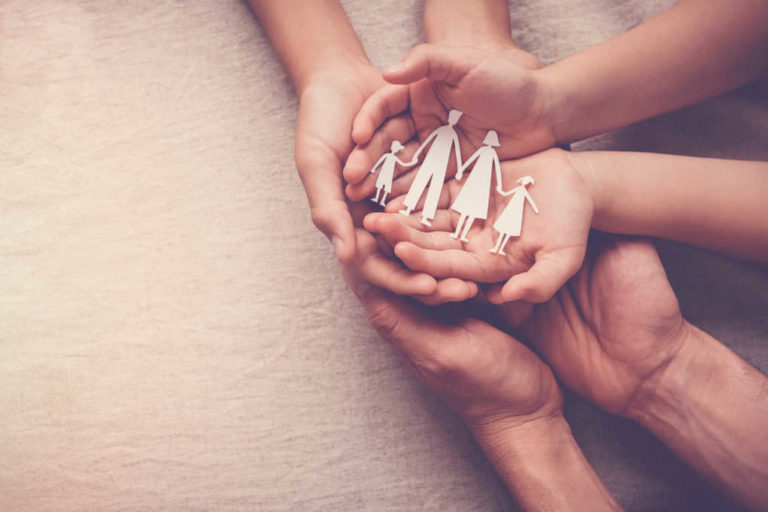The second Sunday of March marks the beginning of Daylight Saving Time in the United States. Hawaii and certain parts of Arizona are exempt.
Although an hour’s change may not seem significant, it can have a profound effect on your body.
Three Clocks That Are Not Perfectly Synchronized
In order to better understand how Daylight Savings time affects our health, we need to differentiate between and three different timeframe systems which are not perfectly in sync:
Sun Clock
The sun clock shows the progression of the sun from sunrise to sundown. The tilt of the earth on its north-south direction means that different parts of the globe are exposed to different amounts of sunlight. As the earth rotates around the sun each year, the number daylight hours changes. This is what creates the seasons.
Social Clock
In the 19th century, the standardized timekeeping system we use today was developed to help regulate train schedules. It also helped facilitate commerce. The time that we see on our watches, computers, and smartphones is what we use to decide when we are going to work, coordinating with others, or attending events.
Around World War 1, many countries introduced Daylight Savings Time to better align it with the seasonal sun exposure and save fuel.
Body Clock
Numerous biological processes such as digestion, metabolism, sleep, and wakefulness follow a 24-hour cycle. The circadian rhythm of the body is largely determined by light and dark exposure.
How Does It Feel When We Change The Social Clock Time?
During the Daylight Savings Time transition, when we “spring forward” or “fall back”, we adjust our daily routines by an hour. This includes when we get up in the morning, go to work and so forth.
Our body clock is not as flexible. Mismatches between our social clocks and our bodies clocks can cause all kinds of problems.
In the week following springtime Daylight Savings, there was a significant rise in auto accidents and emergency room visits , likely due to disturbed sleep patterns.
Also, there is a marked increase in the number of heart attacks, strokes and depression.
Tips For Adjusting To Daylight Savings
Sleep disturbances are often associated with the Daylight Savings Time switchover, due to the changes in the light and darkness levels.
Here are some tips to help you minimize the effects of Daylight Savings Time on your body:
Adjust your sleep schedule gradually in the days before the time change.
Adjust your eating time gradually.
Set your clocks back an hour in the evening instead of the next day.
Enjoy the sun in the coming days.
Make sure that your bedroom is completely dark when you are ready to sleep. Before going to sleep, turn off all screens and lights.







